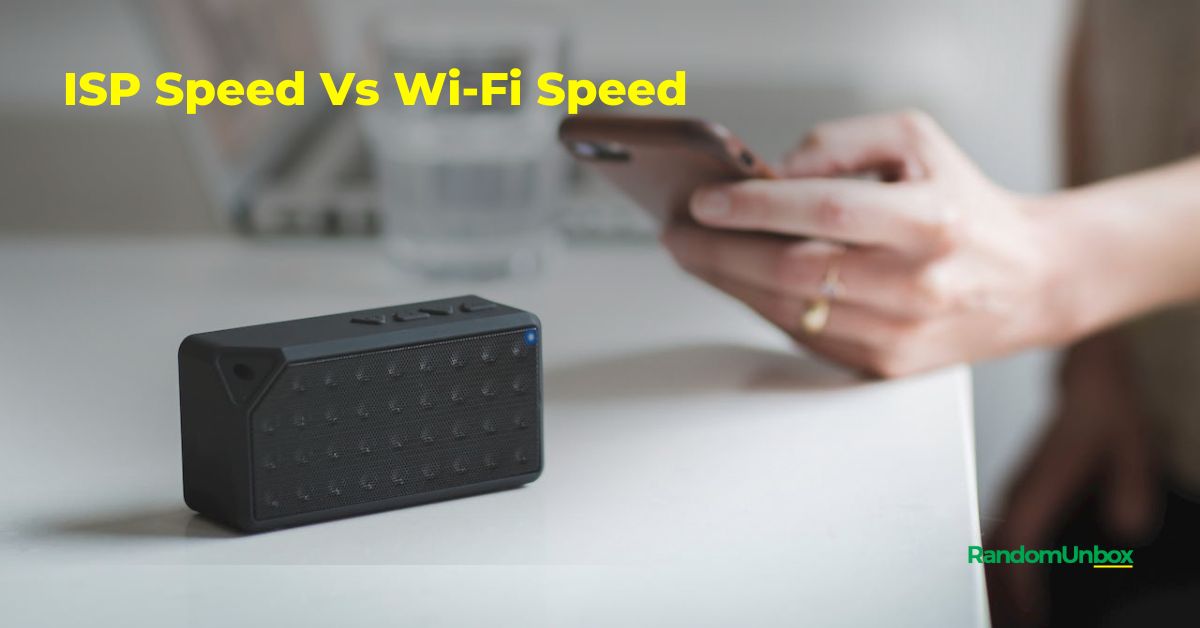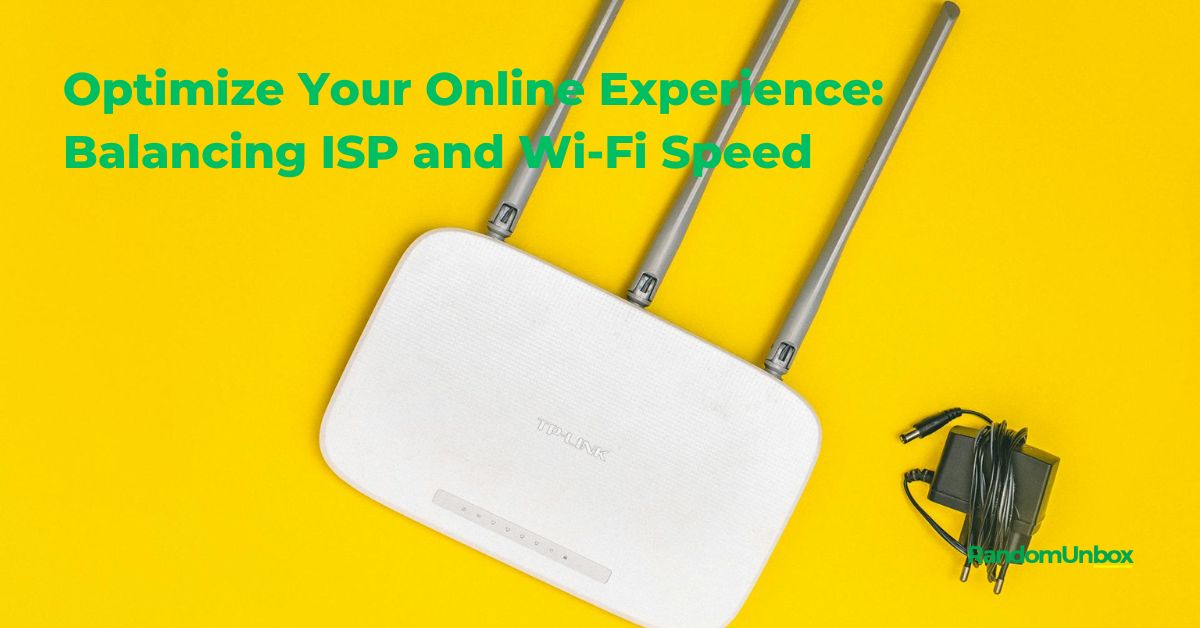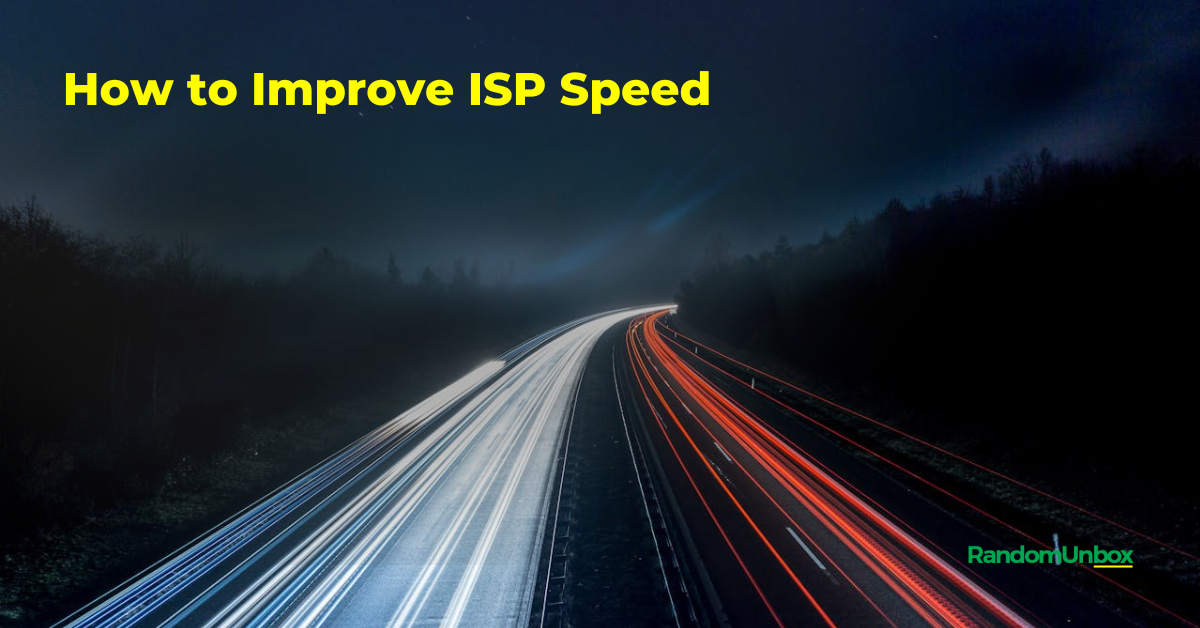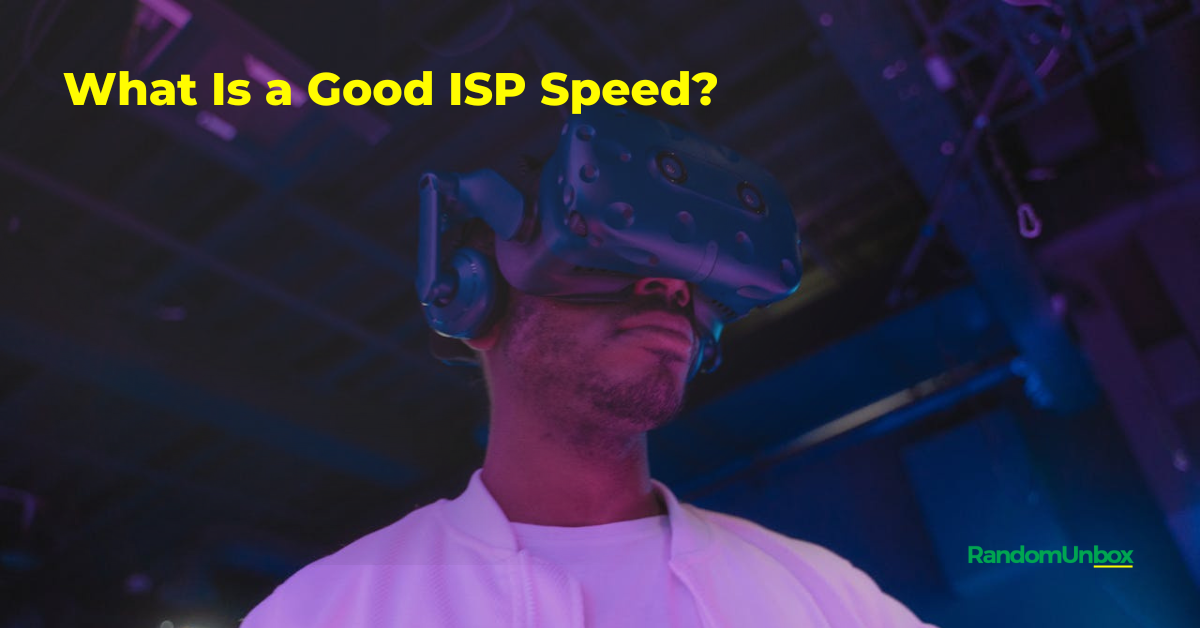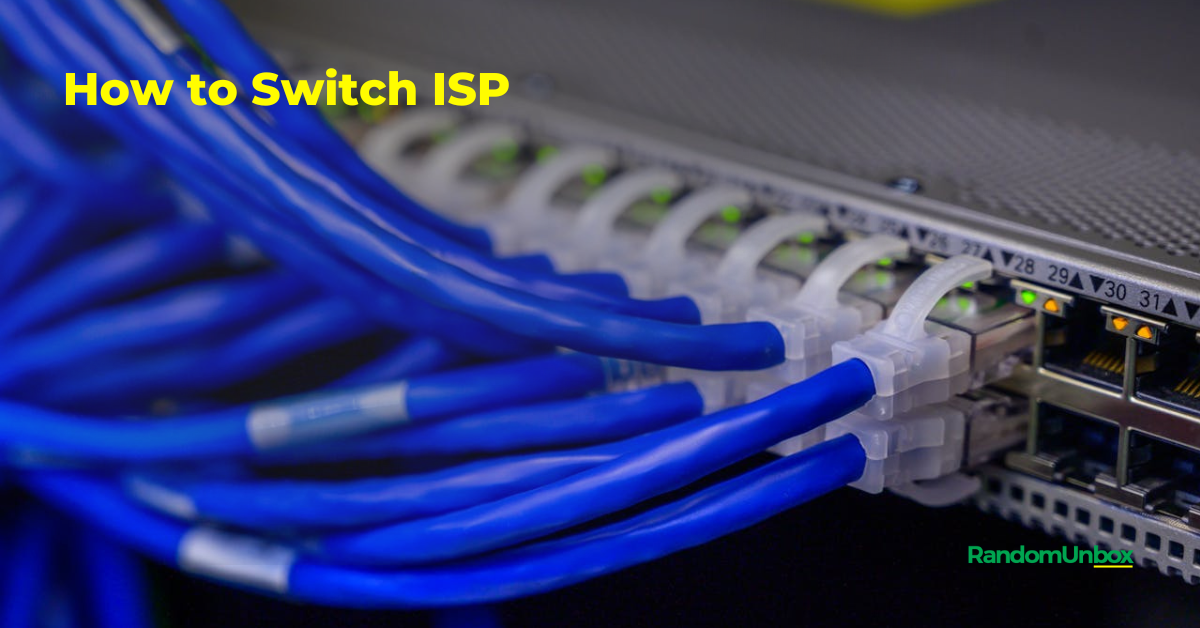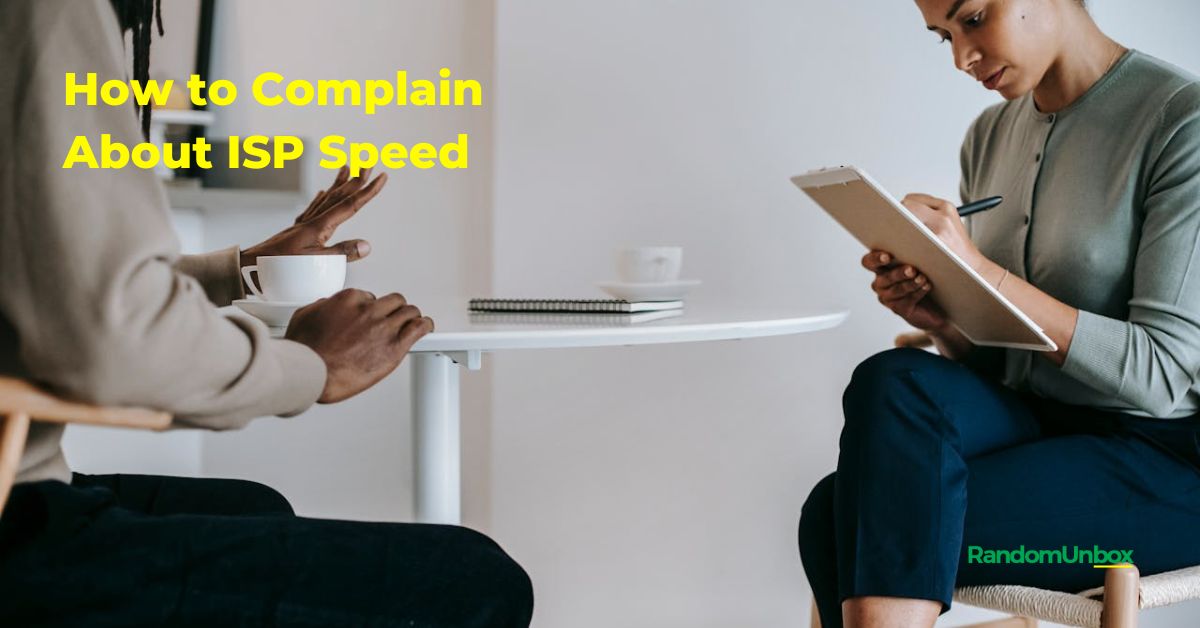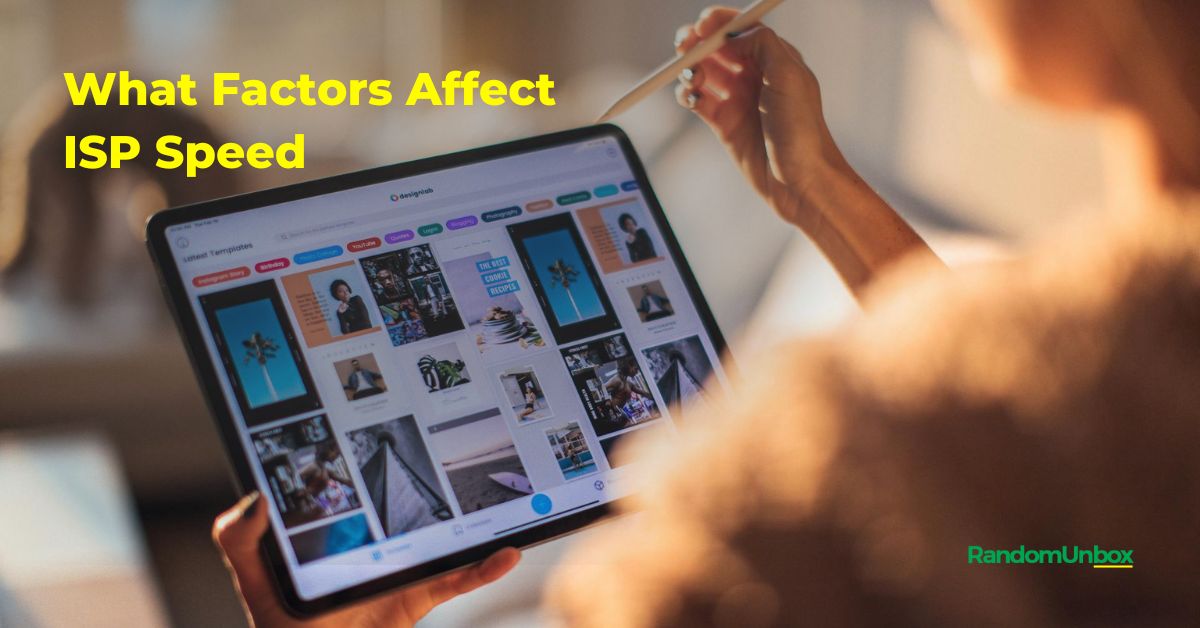Confused about internet speeds? You’re not alone! Grasping the difference between ISP speed (what your provider delivers) and Wi-Fi speed (what reaches your devices) is crucial for a seamless online experience.
Think of ISP speed as the highway: it determines how fast data travels from the internet to your home. But Wi-Fi speed is like your neighborhood roads: even with a fast highway, traffic jams on local roads can slow you down.
This interplay between the two speeds affects everything you do online, from browsing websites to streaming movies. If they’re mismatched, you might experience lag, buffering, and frustration.
So, what are the key factors that influence each speed?
- ISP speed depends on your chosen plan and your location’s infrastructure.
- Wi-Fi speed is affected by your router, signal strength, interference, and even the number of connected devices.
By understanding these factors, you can optimize your internet for peak performance. This might involve upgrading your plan, investing in a better router, or strategically placing it for optimal coverage.
Key Differences Between ISP and Wi-Fi Speed
Ever feel like your internet is slower than advertised? The culprit might not be your provider, but a different kind of speed altogether. Let’s break down the key differences between ISP speed and Wi-Fi speed:
ISP speed is the maximum potential you get from your internet service provider, like a highway’s speed limit. It depends on your plan and the provider’s infrastructure.
Wi-Fi speed is the actual rate within your home network, like the speed of your car on the highway. It’s affected by factors like signal strength, interference, and distance from the router.
Think of it like this:
- ISP speed controls how fast data enters your home.
- Wi-Fi speed determines how fast that data moves around your devices.
Key takeaway: ISP speed sets the overall internet potential, while Wi-Fi speed determines how well that potential is utilized within your network.
Why does this matter? Knowing the difference empowers you to:
- Troubleshoot problems: Is slow internet due to your provider or your Wi-Fi setup? Understanding the distinction helps pinpoint the issue.
- Optimize performance: Tweak your Wi-Fi settings (like router placement) to squeeze out the most of your ISP speed.
ISP Speed – The Source of Your Bandwidth
Ever wondered what determines the speed and performance of your internet? Look no further than your ISP speed, the crucial element dictating your online experience.
What is ISP speed?
Think of your internet connection as a highway. ISP speed is like the speed limit on that highway, determining how quickly data travels to and from your devices. Measured in Mbps (Megabits per second) or Gbps (Gigabits per second), higher speeds translate to faster downloads, smoother streaming, and less lag in online gaming.
Plan Types and Speed Promises:
ISPs offer various plans with advertised speeds catering to different needs and budgets. Common options include:
- Basic Plans: Ideal for casual browsing and email, often offering speeds around 25 Mbps.
- Standard Plans: Suitable for streaming and moderate internet usage, typically ranging from 50 to 100 Mbps.
- Premium Plans: Designed for heavy internet users and gamers, with speeds exceeding 200 Mbps to 1 Gbps.
Remember, these are advertised speeds, meaning your actual experience may vary due to several factors:
Factors Affecting Your Real-World Speed:
- Network Congestion: Just like traffic jams on a highway, peak usage times can slow down your connection.
- Location: Distance from your ISP’s infrastructure can impact your speed, especially with certain technologies.
- In-Home Wiring: Old or damaged cables within your home can create bottlenecks.
- Number of Connected Devices: Multiple devices sharing the same connection can eat into your available bandwidth.
Choosing the Right ISP Plan:
Selecting the ideal plan depends on your specific needs and budget. Consider the following:
- Internet Usage: Are you a casual browser or a heavy streamer?
- Number of Users: How many devices will be sharing the connection?
- Budget: Determine what you’re comfortable spending monthly.
Wi-Fi Speed – Delivering the Signal to Your Devices
Imagine Wi-Fi speed as the highway connecting your devices to the internet. While your internet service provider (ISP) sets the overall speed limit, Wi-Fi delivers that speed within your home. It’s crucial, but not the same.
Standards & Capabilities:
Think of Wi-Fi standards (like 802.11ac and the latest 802.11ax) as car models. Newer models boast higher theoretical speeds. For instance, 802.11ac maxes out at 3.2 Gbps, while 802.11ax reaches a whopping 9.6 Gbps. But remember, these are ideal speeds, and real-world performance varies.
Factors Affecting Wi-Fi Speed:
Several factors can slow down your Wi-Fi:
- Router placement: Tucked in a corner? Signal weakens. Position it centrally, away from obstructions.
- Interference: Microwaves, cordless phones, and even your neighbor’s Wi-Fi can disrupt the signal. Choose less crowded channels.
- Device overload: Too many devices sharing the connection? Consider upgrading your router or using a mesh network for better coverage.
Optimizing Your Wi-Fi Journey:
- Channel surfing: Use apps to find the least congested channel for smoother sailing.
- Mesh it up: Mesh networks distribute Wi-Fi evenly, eliminating dead zones.
- Upgrade your router: Invest in a newer model with the latest Wi-Fi standard for better performance.
- Security matters: Strong passwords and encryption keep your network safe and efficient.
By understanding Wi-Fi speed and its nuances, you can optimize your network for a faster, more reliable internet experience. Remember, it’s not just about the highway; it’s about optimizing your journey on it!
Bridging the Gap: Unlocking Optimal Performance with Seamless Internet
Ever wonder why your internet speeds feel sluggish even though you have a high-speed plan? The answer might lie in the hidden gap between your internet service provider (ISP) and your home Wi-Fi network. Let’s delve into the factors affecting your online experience and bridge the gap for optimal performance.
The Dynamic Duo: ISP Speed & Wi-Fi Speed
Imagine your ISP connection as a highway – the wider the lanes, the faster data flows. However, even a six-lane highway leads nowhere if your home Wi-Fi is a single-lane dirt road. Here’s where your Wi-Fi router and its capabilities come in. It acts like the bridge, translating the high-speed data from the ISP into signals your devices can understand.
Matching Matters: Choosing the Right Wi-Fi Equipment
Think of your Wi-Fi equipment as the car navigating the internet highway. A rusty old car won’t keep up on a high-speed lane. Similarly, outdated routers or ones with limited range struggle to handle the data flow from a fast ISP plan. Investing in a router that matches your ISP speed ensures a smooth ride.
Troubleshooting Tips for a Speed Boost:
- Test with an Ethernet Cable: Connect your computer directly to the router with an Ethernet cable. If speeds improve, it pinpoints a Wi-Fi issue.
- Restart Your Router: A simple reboot can often clear temporary glitches and improve performance.
- Check for Interference: Wireless devices, microwaves, and even thick walls can disrupt Wi-Fi signals. Reposition your router or minimize interference.
- Contact Your ISP: If the tips above don’t help, your ISP might have network issues or you might need a plan upgrade.
Advanced Options: Powering Up Your Network
For larger homes or demanding setups, consider advanced options like:
- • Wired Backhauls: Connect access points throughout your house with Ethernet cables for consistent high speeds in every room.
- • Powerline Adapters: Utilize your home’s electrical wiring to extend the internet reach to areas with weak Wi-Fi signals.
Remember, bridging the gap between your ISP and Wi-Fi is key to unlocking optimal performance. By understanding the factors involved and choosing the right equipment, you can enjoy a seamless and frustration-free online experience.
Why Optimizing ISP Speed Matters
Optimizing your ISP speed isn’t just about faster downloads; it’s about unlocking a seamless, frustration-free online experience. Here’s why boosting your internet speed is key:
- Faster Connection: A higher ISP speed means quicker loading times for websites and reduced latency in online activities.
- Improved Online Gaming: Faster ISP speeds lead to smoother gameplay, reduced lag, and an overall better gaming experience.
- Enhanced Streaming Quality: With increased ISP speed, you can enjoy high-definition streaming without buffering interruptions.
- Support for Multiple Devices: Optimal ISP speed allows multiple devices to connect to the network simultaneously without compromising performance.
Simple Strategies for a Blazing-Fast Network
Tired of sluggish internet dragging you down? It’s time to unleash your Wi-Fi’s true potential! By implementing a few key strategies, you can unlock faster speeds, wider coverage, and a smoother online experience.
1. Location, Location, Location: Where you place your router matters. Opt for a central, elevated spot away from walls and floors. Think of it as broadcasting a signal – the higher and clearer the antenna, the better the reception.
2. Tame the Signal Interfering Gremlins: Microwaves, cordless phones, and even baby monitors can disrupt your Wi-Fi signal. Keep your router at a safe distance from these electromagnetic buzzkills.
3. Channel Surfing for Better Performance: Imagine your neighbors all yelling on the same radio channel. That’s what congested Wi-Fi channels are like. Use a Wi-Fi analyzer app to find an uncrowded channel for clearer, faster transmission.
4. Upgrade Your Arsenal: Older routers might not be equipped to handle today’s internet demands. Consider investing in a Wi-Fi 6 router for improved signal efficiency and reduced interference, especially if you have many connected devices.
5. Prioritize Your Connections: Feeling bogged down by too many devices? Prioritize bandwidth for essential devices like laptops and streaming players. You can even set limits on less critical devices to ensure everyone gets a fair share.
| Strategies to Reduce Signal Interference | Impact on Wi-Fi Speed |
|---|---|
| Router Placement | Boosts Speed |
| Channel Optimization | Improves Speed |
| Upgrading to Wi-Fi 6 | Enhances Efficiency |
Elevate Your Wi-Fi with Strategic Extender Placement
Tired of frustrating dead zones? Wi-Fi extenders can be your secret weapon for seamless, powerful internet throughout your home. Here’s how to unlock their full potential:
- Smart Positioning: Place your extender halfway between your router and the weak signal area. This amplifies the signal effectively, bridging the gap to deliver strong Wi-Fi where you need it most.
- Banish Interference: Microwaves, baby monitors, and cordless phones can disrupt your Wi-Fi signal. Keep your extender far from these electromagnetic buzzkillers to ensure smooth, uninterrupted internet.
- Stay Updated: Just like your smartphone, your extender needs regular firmware updates to stay in top shape. Downloading the latest updates keeps it functioning at its best, optimizing performance and security.
- Network Savvy: Consider creating separate Wi-Fi networks (SSIDs) for each extender. This prevents overcrowding and ensures a consistently stable connection, no matter where you roam in your home.
By following these simple yet effective tips, you can transform your Wi-Fi experience. Say goodbye to buffering and hello to a world of lag-free streaming, browsing, and gaming, all corners of your home included!
Optimize Your Online Experience: Balancing ISP and Wi-Fi Speed
Unlocking seamless internet performance requires balancing the power of your Internet Service Provider (ISP) with the efficiency of your Wi-Fi network. Think of it like a highway and your local roads: the ISP sets the maximum speed limit, while your Wi-Fi determines how smoothly you travel within your network.
Why it matters: A mismatch between these two speeds can create bottlenecks, slowing down your internet and frustrating your online experience.
The solution: Align your ISP speed with efficient Wi-Fi to enjoy faster data transfers, smoother connections, and an overall better internet experience.
Here’s how:
- Choose the right ISP plan: Don’t overpay for speed your Wi-Fi can’t handle. Research your Wi-Fi capabilities and match your ISP plan accordingly.
- Invest in a quality router: Consider upgrading to a router that supports the latest Wi-Fi standards (like Wi-Fi 6) for increased speed and range.
- Optimize your Wi-Fi setup: Minimize interference by positioning your router strategically and reducing obstacles. Consider a mesh Wi-Fi system for larger homes.
By balancing your ISP and Wi-Fi speeds, you can ensure:
- Faster downloads and uploads
- Smoother streaming and gaming
- Improved connectivity for all devices on your network
Don’t settle for a subpar internet experience. Take control and create a seamless online environment by optimizing your ISP and Wi-Fi speeds.
Frequently Asked Questions
What Is a Good ISP Speed?
Determining a good ISP speed involves assessing optimal bandwidth for connected devices, mitigating network congestion, strategic router placement, minimizing signal interference, and ensuring speed test accuracy. Consider factors like usage demands, number of users, and desired performance levels.
Is Internet Faster With Cable or Wi-Fi?
Signal strength, router placement, interference sources, bandwidth allocation, and network congestion all impact whether cable or Wi-Fi is faster. Cable internet typically offers higher speeds and reliability, while Wi-Fi provides convenience and flexibility.
Why Is My Wi-Fi Speed Faster Than My Ethernet Speed?
In analyzing networking technology, factors like signal interference, router placement, device compatibility, and bandwidth allocation can impact why Wi-Fi speed surpasses Ethernet. Modern Wi-Fi standards’ advancements and potential bottlenecks in Ethernet contribute to this phenomenon.
Does ISP Determine Internet Speed?
The internet speed experienced by users is significantly influenced by the ISP, which determines the available bandwidth, network congestion factors, and service tiers. Router placement, interference, and signal strength further impact internet performance.
Conclusion
So, you’ve delved into the fascinating world of internet speeds, uncovering the secrets of ISP plans and Wi-Fi optimization. Remember, both contribute significantly to your overall online experience.
Don’t let speed bumps slow you down! Take action to optimize your internet:
- Talk to your ISP: Discuss upgrade options if your plan lags behind your needs.
- Optimize your Wi-Fi: Check for and eliminate interference, optimize router placement, and consider extenders for broader coverage.
- Test regularly: Use online speed tests to monitor performance and track improvements.
Ready to dive deeper? Here are some helpful resources:
- Federal Communications Commission (FCC): Learn about broadband basics and compare ISPs: [https://www.fcc.gov/broadband]
- Speedtest by Ookla: Test your internet speed: [https://www.speedtest.net]
- Wi-Fi Alliance: Gain insights into Wi-Fi technology and troubleshooting: [https://www.wi-fi.org]
By understanding and optimizing both ISP and Wi-Fi speeds, you can unlock a seamless and frustration-free online experience. Happy surfing!


